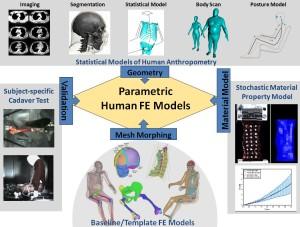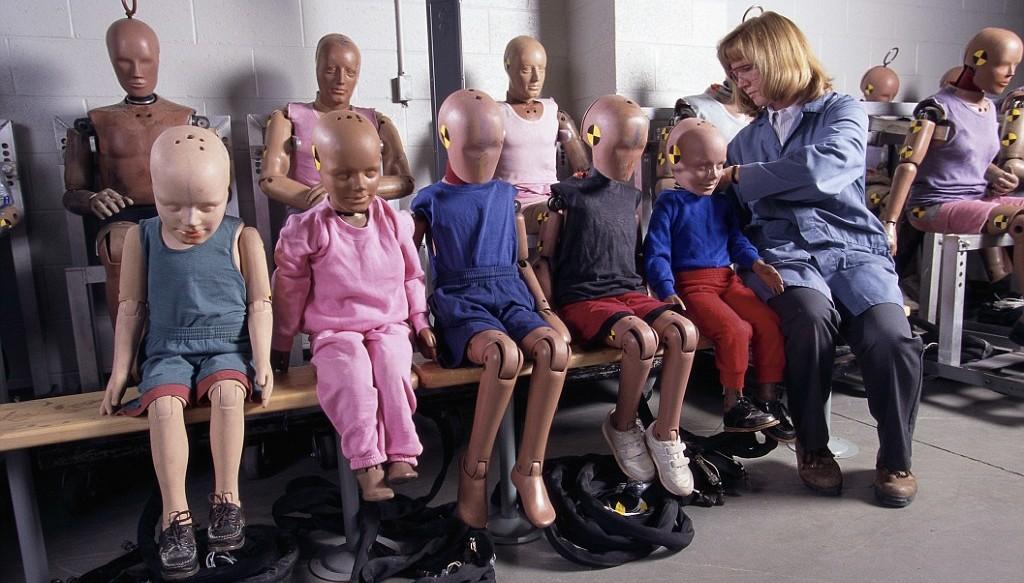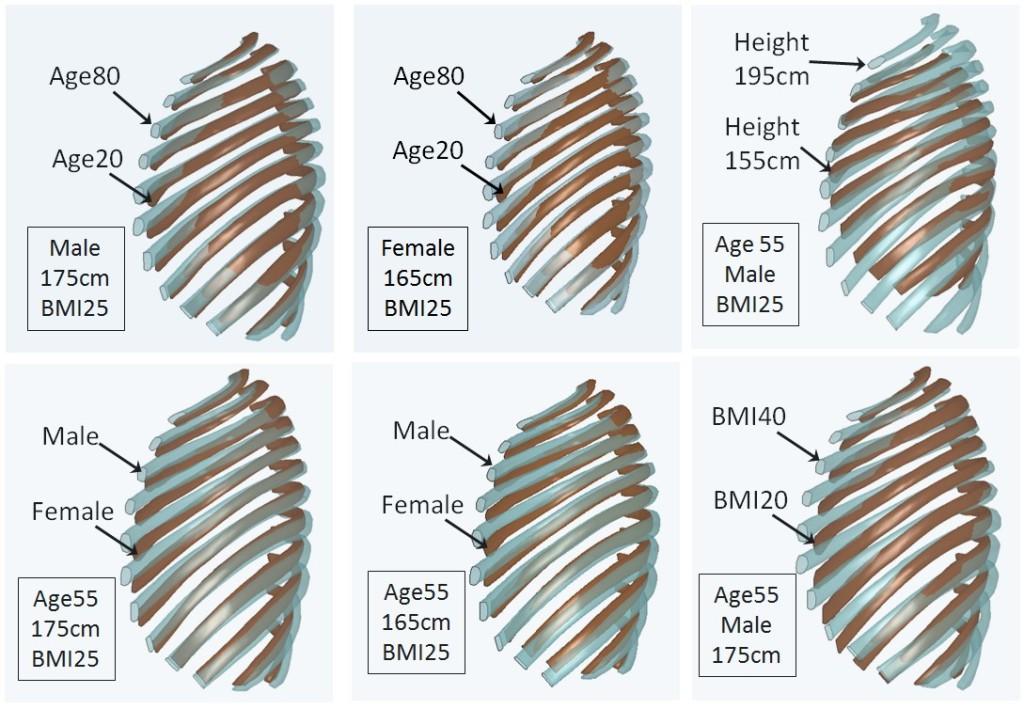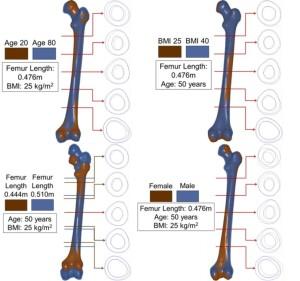 Since 2005, Materialise has held the annual Mimics Innovation Awards competition to support cutting-edge research that uses its medical image processing Materialise Mimics software. The goal is to seek out and recognize the industry’s most important new research achievements. Every year, leading researchers and scientists submit their work to an independent jury of international experts who evaluate the work and select the most innovative studies. They evaluate their selection using several criteria beyond the role that Materialise Mimics software played in the work, including the quality of the research, the originality of the work and, perhaps most importantly, the potential social impact.
Since 2005, Materialise has held the annual Mimics Innovation Awards competition to support cutting-edge research that uses its medical image processing Materialise Mimics software. The goal is to seek out and recognize the industry’s most important new research achievements. Every year, leading researchers and scientists submit their work to an independent jury of international experts who evaluate the work and select the most innovative studies. They evaluate their selection using several criteria beyond the role that Materialise Mimics software played in the work, including the quality of the research, the originality of the work and, perhaps most importantly, the potential social impact.
The recently announced 2015 winners include Dr. Jingwen Hu, the first prize winner of “Best Article Award: North & South America” for his paper on using the Materialise Mimics software to develop a 3D model that could revolutionize automobile safety. The paper, titled “Developing Parametric Human Models Representing Various Vulnerable Populations in Motor Vehicle Crashes,” outlines the limitations and shortcomings of existing car safety tests and develops a model to improve them. While car safety standards have unquestionably improved in the last fifty years, unfortunately the way that some of the safety tests are conducted has not evolved significantly in that time.
The crash test dummies currently used by the automobile industry are generally made in only a few sizes: a large adult male, a mid-sized adult male and a small female. These limited varieties of body shapes do not take into consideration the wildly diverse body types typically found throughout the world’s population. The child-sized dummies are also flawed, as they are simply scaled down versions of adult-sized dummies that do not take into account the vast differences in skeletal and anatomical characteristics that are common in children and absent in adults.
The result of this disparity is car safety standards that have been optimized to protect normal, healthy adults, but ignore the most vulnerable and at risk populations. That includes the elderly, children, pregnant women and obese adults. Simply put, the body of a healthy adult male is going to respond differently to the stresses of a car crash than the considerably more fragile body of a woman. The fully formed bones of an adult are going to be less at risk during a car crash than the still-developing skeletal structure of a child. Additionally, the increased mass and altered body shape of pregnant women and obese adults will be injured differently and more severely in a car crash with a seat belt that was designed to fit a typical adult male body.
“There are several hypothesized reasons for the effects of human characteristics on injuries, including variations in bone geometry, cross-sectional area and material properties, body size, mass, and external body shape with gender, age, and body mass index (BMI). These variations affect injury occurrence and the directions and magnitudes of loading to the human body in collisions. The relative contributions of these hypothesized reasons for the effects of age, gender, stature and BMI on injury risks in crashes can best be assessed using a parametric human FE model, which can be morphed automatically,” Dr. Hu wrote in his paper.
Dr. Hu goes on to explain how he and his team can accurately predict the effects of car crash impacts on any member of the population using the parametric human Finite Element (FE) 3D model that they developed using Materialise Mimics software. They built a model that includes constant factors of geometric, compositional and material characteristics that can be paired with the variable factors of age, gender, stature and BMI. The model is based on population simulations that can be set to represent almost anyone of any size, age or gender from the general population.
Using the new 3D model developed by Dr. Hu and his team, car manufacturers can use car crash and car safety test datasets and compare them to a limitless variety of potential users. This would allow car manufacturers to optimize the safety parameters of their designs with all members of the population in mind, especially those most at risk. Dr. Hu’s paper proves the feasibility of the project and outlines how it can be developed. With the monetary prize that he received from Materialise for winning the Mimics Innovation Award, Dr. Hu plans to continue to develop his 3D model for the auto industry. You can read his paper in its entirety here.
Here is a video of Dr. Hu and auto safety experts discussing this research and future applications. What do you think of the use of this new technology? Discuss in the 3D Models for Car Safety Testing forum over at 3DPB.com.
Subscribe to Our Email Newsletter
Stay up-to-date on all the latest news from the 3D printing industry and receive information and offers from third party vendors.
You May Also Like
Precision at the Microscale: UK Researchers Advance Medical Devices with BMF’s 3D Printing Tech
University of Nottingham researchers are using Boston Micro Fabrication‘s (BMF) 3D printing technology to develop medical devices that improve compatibility with human tissue. Funded by a UK grant, this project...
3D Printing Webinar and Event Roundup: April 21, 2024
It’s another busy week of webinars and events, starting with Hannover Messe in Germany and continuing with Metalcasting Congress, Chinaplas, TechBlick’s Innovation Festival, and more. Stratasys continues its advanced training...
3D Printing Webinar and Event Roundup: March 17, 2024
It’s another busy week of webinars and events, including SALMED 2024 and AM Forum in Berlin. Stratasys continues its in-person training and is offering two webinars, ASTM is holding a...
3D Printed Micro Antenna is 15% Smaller and 6X Lighter
Horizon Microtechnologies has achieved success in creating a high-frequency D-Band horn antenna through micro 3D printing. However, this achievement did not rely solely on 3D printing; it involved a combination...

































